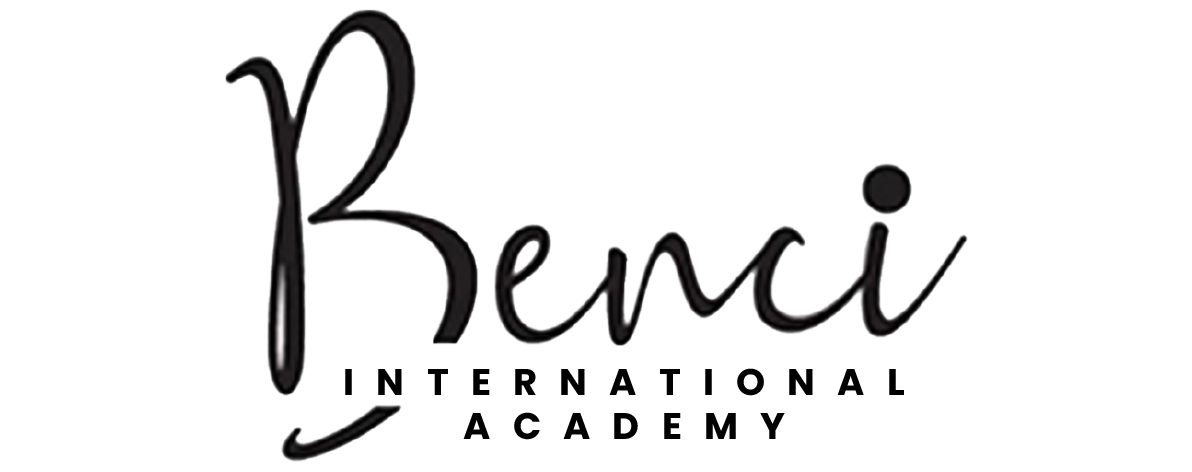As beauty therapists, one of the fundamental aspects of our profession is understanding the intricacies of different skin types. Every client who walks through our doors has unique skin characteristics, and tailoring treatments to suit their individual needs is essential for achieving optimal results. In this comprehensive guide, we will delve into the various skin types, their characteristics, common concerns, and recommended treatments.
Introduction to Skin Types
Before delving into specific skin types, it’s important to understand the basic categories: normal, oily, dry, combination, and sensitive. While each person’s skin is unique, these categories serve as a foundation for understanding the general characteristics and needs of different skin types.
- Normal Skin: Normal skin is balanced, neither too oily nor too dry. It has a smooth texture, small pores, and few imperfections. Clients with normal skin typically experience minimal sensitivity and are less prone to breakouts or dryness.
- Oily Skin: Oily skin is characterized by excess sebum production, resulting in a shiny appearance, enlarged pores, and a tendency towards acne and blackheads. Clients with oily skin may experience frequent breakouts, particularly in the T-zone (forehead, nose, and chin).
- Dry Skin: Dry skin lacks moisture and often feels tight, rough, or flaky. It may appear dull and dehydrated, with visible fine lines and a tendency towards irritation or sensitivity. Clients with dry skin may experience discomfort, especially in harsh climates or during the winter months.
- Combination Skin: Combination skin exhibits characteristics of both oily and dry skin, with different areas of the face displaying varying levels of oiliness and dryness. Commonly, the T-zone is oily while the cheeks are dry or normal. Clients with combination skin require targeted treatments to address both oily and dry areas effectively.
- Sensitive Skin: Sensitive skin is prone to irritation, redness, and reactions to certain products or environmental factors. It may feel tight, itchy, or inflamed, and clients with sensitive skin often need gentle, hypoallergenic products to avoid exacerbating symptoms.
Identifying Skin Types
As beauty therapists, accurately identifying our clients’ skin types is crucial for providing personalized treatments. Several factors can help us assess their skin, including visual observation, asking about their skincare routine and concerns, and performing a professional skin analysis using tools such as a magnifying lamp or skin scanner.
- Visual Observation: Begin by examining the client’s skin under good lighting conditions. Note the presence of oiliness, dryness, redness, texture irregularities, and any specific concerns such as acne or hyperpigmentation.
- Client Consultation: Engage in a thorough consultation with the client to understand their skincare habits, concerns, lifestyle factors, and any medical conditions or medications that may impact their skin. This information will provide valuable insights into their skin type and help tailor treatments accordingly.
- Skin Analysis Tools: Utilize professional skin analysis tools such as a magnifying lamp or skin scanner to assess the skin’s condition more accurately. These tools can reveal underlying issues such as dehydration, sun damage, or clogged pores that may not be visible to the naked eye.
Customizing Treatments for Different Skin Types
Once we have identified our clients’ skin types, we can customize treatments to address their specific needs and concerns. Here are some guidelines for tailoring treatments to different skin types:
- Normal Skin: Clients with normal skin typically benefit from a balanced skincare routine focused on gentle cleansing, hydration, and sun protection. Incorporate nourishing treatments such as hydrating facials, vitamin-infused serums, and lightweight moisturizers to maintain skin health and vitality.
- Oily Skin: For clients with oily skin, prioritize oil-control and blemish-fighting ingredients such as salicylic acid, benzoyl peroxide, or niacinamide. Offer treatments such as deep-cleansing facials, exfoliating peels, and clay masks to help regulate sebum production, unclog pores, and prevent breakouts.
- Dry Skin: Hydration is key for clients with dry skin, so focus on replenishing moisture and reinforcing the skin barrier. Use rich, emollient products containing hyaluronic acid, ceramides, and natural oils to soothe dryness and restore suppleness. Offer hydrating facials, moisturizing masks, and occlusive treatments to lock in moisture and prevent water loss.
- Combination Skin: Treat clients with combination skin by targeting oily areas with oil-absorbing products and dry areas with hydrating formulations. Consider multi-masking techniques to address different concerns simultaneously, using clay masks on oily zones and creamy masks on dry areas.
- Sensitive Skin: Clients with sensitive skin require gentle, non-irritating treatments to avoid triggering inflammation or reactions. Opt for fragrance-free, hypoallergenic products formulated with soothing ingredients such as aloe vera, chamomile, and oat extract. Perform patch tests before applying new products and avoid harsh exfoliants or aggressive treatments that may exacerbate sensitivity.
Summary
Understanding the nuances of different skin types is essential for beauty therapists to provide effective and personalized treatments. By accurately identifying our clients’ skin types and tailoring treatments to address their specific needs and concerns, we can enhance their overall skincare experience and achieve optimal results.
At Benci International Academy, we offer comprehensive training programs for beauty therapists, including courses on skincare analysis, treatment customization, and client consultation techniques. Our expert instructors provide hands-on training and invaluable insights to help you master the art of skincare and excel in your career. Visit our website to learn more and embark on your journey towards becoming a skilled and knowledgeable beauty therapist today!



